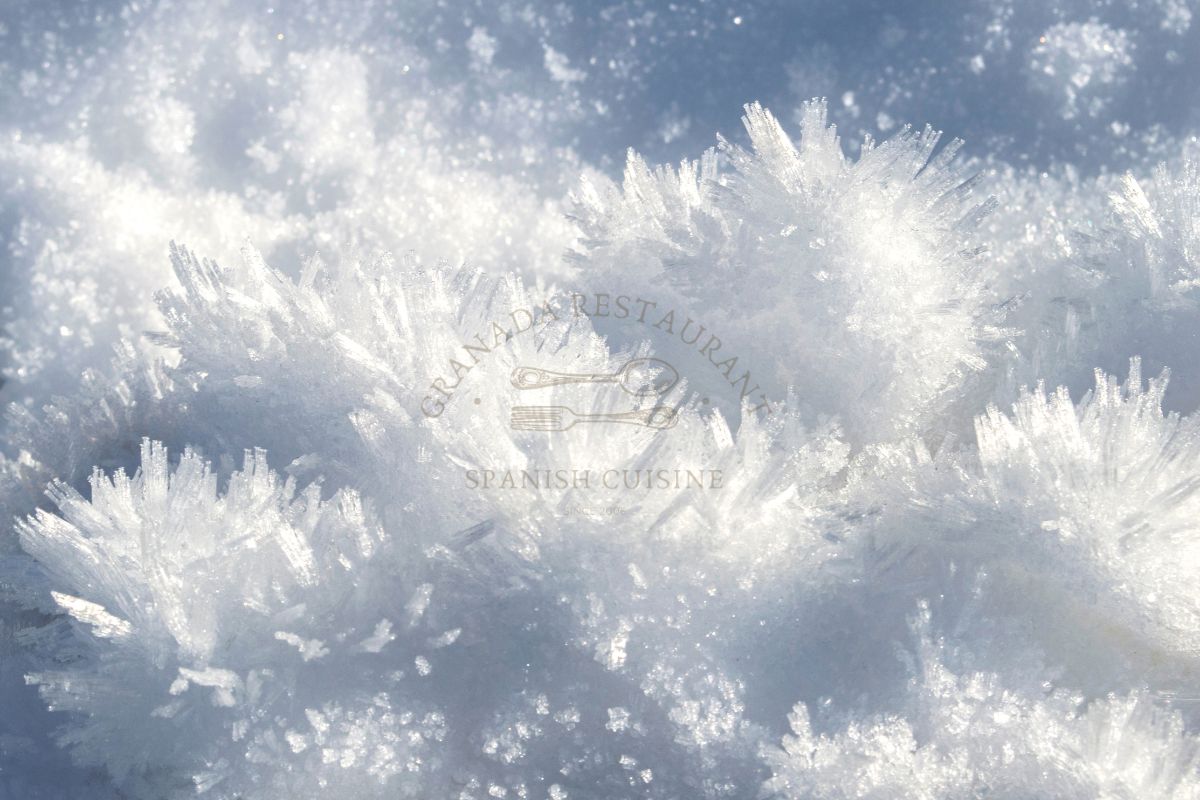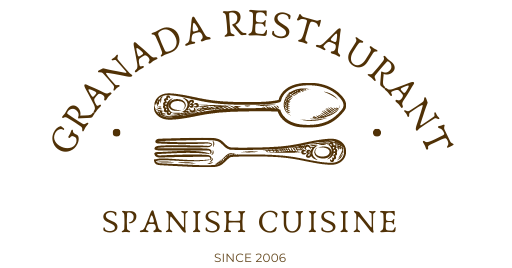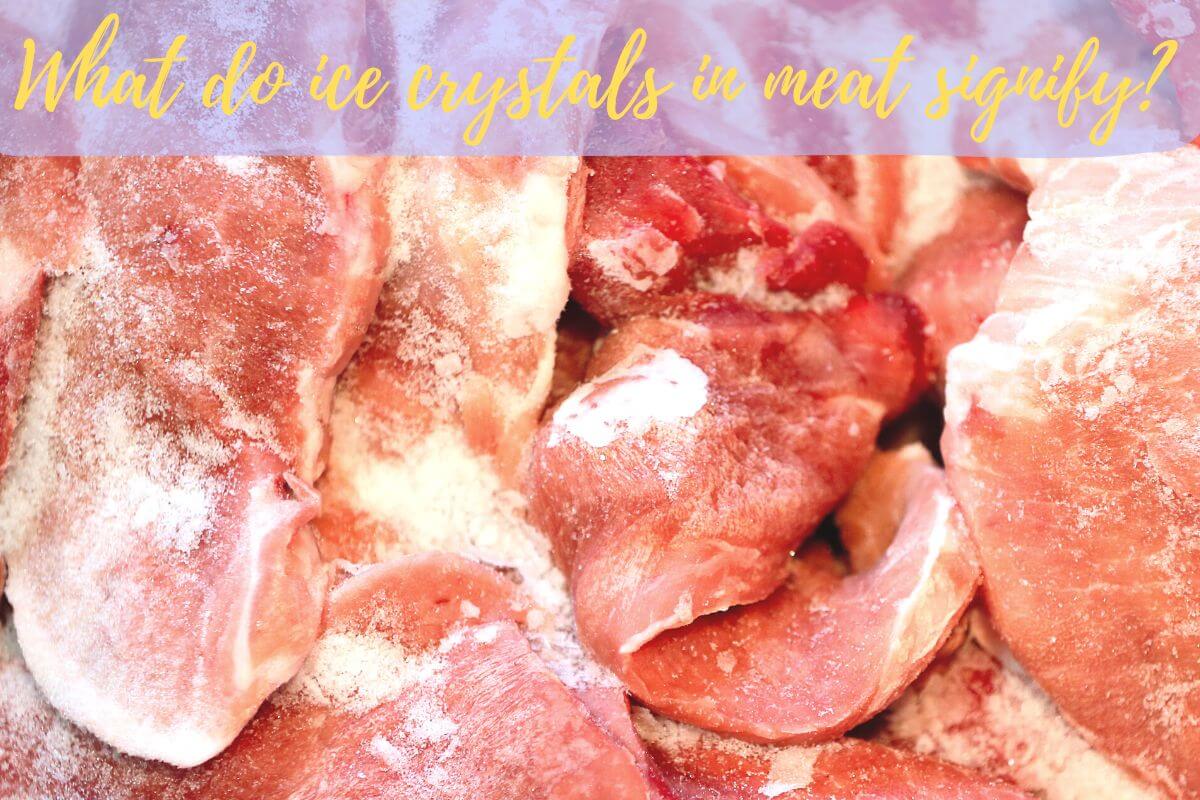What do ice crystals in meat signify? Are you unsure what that frosty sheen on your pork chops tells you? Do ice crystals forming in meat inspire confusion more than culinary-related delights? Fear not; we’ll help unravel this conundrum and clear the fog surrounding this common question.
Whether you’re a housewife trying to make the perfect meal for dinner tonight or a chef looking for ways to ensure quality cuts of meat, understanding what those white saltshakers mean is essential! So buckle up and prepare yourself for an informative ride into the wonders of ice crystals in meat – your taste buds won’t be disappointed!
Quick answer:
Ice crystals in meat mean: Freezer burn has occurred. It is likely a sign that the food has been exposed to too much cold air or stored for too long
Read along to find out if it’s safe to use that meat or not!
The Explanation of The Freezing Process in Meat
The freezing process in meat is a preservation method that slows down the growth of bacteria and microorganisms and helps to keep meat fresh for a longer period of time.
When meat is placed in a freezer, the temperature decreases, and the water in the meat begins to freeze. The freezing process in meat can occur either from the surface to the center or from the center to the surface.

In the surface-to-center method, the surface of the meat cools and freezes first, and then the cold spreads to the center. This results in the formation of ice crystals, which can cause damage to the meat’s cell structure and result in a loss of quality.
In the center-to-surface method, the meat is frozen in a very fast and controlled manner, which minimizes the formation of ice crystals. This is often done using specialized equipment, such as blast freezers.
It’s important to note that the rate of freezing can have a significant impact on the final quality of the meat.
- If the meat is frozen too slowly, large ice crystals can form, which can cause damage to the cell structure and result in a loss of quality.
- If the meat is frozen too quickly, however, the formation of ice crystals can be reduced, but the meat may become tough and dry.
It is generally recommended to freeze meat as quickly as possible but at a controlled rate to avoid large ice crystal formation.
What Do Ice Crystals in Meat Signify?
Ice crystals in meat are a sign of what is known as freezer burn. When the temperature in your freezer dips too low, water molecules can escape from the food and form ice crystals on its surface. This causes dehydration and oxidation, which leads to a loss of flavor and texture called “freezer burn.”
Read More: No Meat Slicer? Here’s How to Slice Bacon Perfectly Every Time
When you see ice crystals on your cut of meat, it’s a sign that the food has likely been exposed to too much cold air or that it’s been stored for too long. The good news is that these effects are only superficial – freezer-burned meat is still safe to eat; however, its quality has gone down significantly.
Is Eating Meat with Ice Crystals in The Freezer Safe?
If you don’t know about ice crystals on meat, you would be scared to eat them. Now that you know what it is, you can be sure that eating meat with ice crystals in the freezer is safe. However, it may not have optimal taste and texture.
Freezer burn affects the food’s flavor and quality, so you’ll end up with a meal that doesn’t quite live up to what you expected.
We recommend using frozen meats relatively quickly after they’ve been stored and always keeping your freezer at the right temperature to prevent ice crystals from forming in the first place.
How to Prevent Ice Crystals in Meat in The Freezer?
There are several ways you can keep your meat fresh in the freezer:

1. Store it right
The best way to prevent ice crystals in meat is to store them properly. This means keeping the freezer at a temperature of 0 degrees Fahrenheit or below.
Also, when packing the meat, be sure to tightly wrap it, as air exposure will cause some of the water molecules to escape and form ice crystals.
2. Use vacuum packaging
Vacuum-sealed bags are a great way to preserve your meat and keep it from forming ice crystals. The vacuum removes all of the air from the bag, which means the air won’t be able to interact with the water molecules in the meat and cause them to freeze.
Vacuum-sealed bags also help keep your meat fresher for longer periods of time.
3. Don’t leave the meat in the freezer for more than 3 months
You should also avoid leaving food in the freezer for too long – if you aren’t going to use it within 2-3 months, it would be better to cook and store what you can in the refrigerator.
| Read: Frozen No More: Easy Tricks for Cutting Meat Like a Pro
4. Label the food
Labeling what you freeze is also a good idea, as this will help you determine what to use first and what can wait.
5. Don’t cram your freezer 100% full

Don’t cram your freezer with food. Make sure there is enough room for air to circulate so that it doesn’t get too cold and cause the formation of ice crystals.
It’s advised that you keep your freezer 70% full maximum.
6. Avoiding repeated thawing and refreezing of meat
Finally, repeated thawing and refreezing of meat can also lead to the formation of ice crystals. If you have frozen your meat, it’s best to use it within a few days or cook and store what you can in the refrigerator for later use.
Frequently Asked Questions
How to freeze meat correctly?
The best way to freeze meat correctly is to wrap it tightly with plastic wrap, foil, or freezer paper. Make sure that you label what you’ve frozen and what the date of freezing was.
You can also vacuum-seal your meats for optimal freshness, although this may be more expensive than other methods.
Are freezer burn and ice crystals the same?
No, freezer burn and ice crystals are not the same. Freezer burn is caused by dehydration due to too much cold air or exposure to oxygen over time. Ice crystals are what result from water molecules escaping from the food and forming on its surface.
You can avoid both problems in your frozen meats by taking proper precautions.
Are ice crystals in the meat a sign of incorrect thawing?
No, ice crystals in the meat are not necessarily a sign of incorrect thawing. Ice crystals can form due to too much cold air or too long storage time, even if defrosted correctly. They are simply a sign that the food has lost some of its quality and texture due to freezer burn. However, it is still safe to eat.
What should I do if my meat has ice crystals?
If your meat has ice crystals, it is still safe to eat but may not have optimal taste or texture. We recommend that you use the frozen food as soon as possible and try to prevent further freezer burn by storing it correctly in the future.
Can ice crystals in meat make you sick?
No, ice crystals in meat will not make you sick. While the food may be of a lower quality due to freezer burn, it is still safe to eat. However, if the meat has been stored for too long or at an incorrect temperature, it could be contaminated with bacteria or other microorganisms that could make you ill. In this case, throwing away the food and purchasing a fresher product is best.
Check out this video for The Frozen Steak Experiment
Now that you know what ice crystals in meat signify and what to do about it, you can be sure that you’re storing your frozen food correctly and eating the best quality meals possible! Remember, freezer burn occurs when meats are exposed to too much cold air or oxygen for too long – keep your freezer at the correct temperature and keep oxygen and moisture at bay to ensure that your frozen food stays fresh for as long as possible.
Further Reading:

I am Benjamin Nunez, and I love Spanish food, Italian food, and seafood. I have worked in kitchens all my life. I started as a dishwasher when I was just a teenager, and worked my way up to being a head chef.
I specialize in Spanish cuisine, but I can make any kind of Italian or seafood dish you want. My kitchen is always open! Website: https://granadarestaurant.com/

